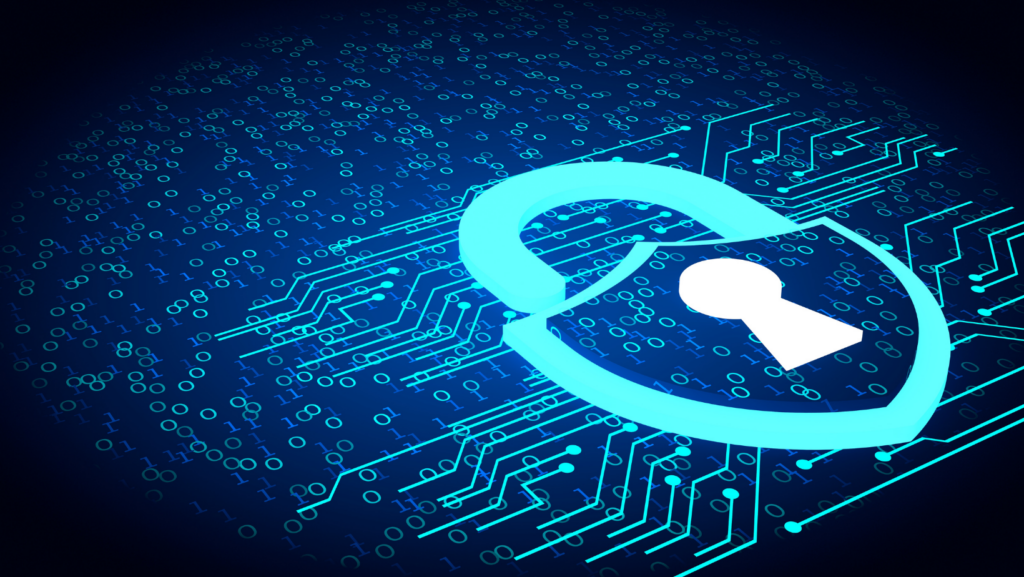In the rapidly evolving digital landscape, Web 3.0 data ownership is set to revolutionize how individuals interact with the internet, placing a strong emphasis on data ownership and privacy. Unlike its predecessors, this new era of the web empowers users by giving them control over their own data, shifting the power dynamics away from centralized entities. As blockchain technology and decentralized platforms gain traction, users can now decide how their information is shared and monetized.
Web 3.0’s promise of data sovereignty not only enhances privacy but also fosters a more transparent digital ecosystem. This shift is crucial as concerns over data breaches and misuse continue to rise. By leveraging decentralized networks, individuals can engage in online activities with greater confidence, knowing their data is secure and under their control. As Web 3.0 continues to unfold, understanding its impact on data ownership becomes essential for navigating the future of the internet.
Web 3.0 Data Ownership

Web 3.0 data ownership reshapes the internet through decentralization, enhancing user control and privacy. It stands apart from previous iterations by implementing advanced technologies such as blockchain.
Key Features of Web 3.0
- Decentralization: Blockchain technology underpins Web 3.0 data ownership, eliminating reliance on central authorities. This empowers users to govern their data and interactions.
- Semantic Web: It enables machines to understand and interpret data through advanced processing, enhancing information retrieval for users.
- Artificial Intelligence and Machine Learning: These technologies analyze data for pattern recognition and user behavior insights, personalizing user experiences.
- Interoperability: Multiple platforms seamlessly share data, creating a cohesive digital ecosystem that enhances functionality and user engagement.
Evolution from Web 2.0
Web 2.0 introduced interactive and user-generated content, revolutionizing the internet with social media and dynamic websites. However, it maintained centralization, posing risks to data privacy and ownership. Web 3.0 addresses these issues by decentralizing data storage and management, allowing users to regain control. It enhances security and privacy in response to concerns over data misuse and breaches prevalent in the Web 2.0 era.
The Concept of Data Ownership
Web 3.0 introduces a revolutionary shift in data ownership, altering how data is controlled and utilized. Understanding this concept is vital as it redefines the digital landscape.
Traditional Data Paradigms

Traditional data paradigms have centrally positioned businesses, such as tech giants and corporations, as primary holders of user data. Companies like Google and Facebook gather, store, and monetize user data, often without explicit consent or transparent practices. User data becomes a product traded for services, with limited user oversight. This model, prevalent in Web 2.0, prioritizes profit over privacy, leading to concerns about data breaches and exploitation.
Shifts in Ownership with Web 3.0
Web 3.0 shifts data ownership to individuals, leveraging decentralized technologies like blockchain. Users possess cryptographic keys to their data, controlling access and distribution. Platforms like Ethereum enable smart contracts for peer-to-peer transactions without intermediaries, enhancing user autonomy. This shift reduces dependency on central authorities, aiming for a more equitable and transparent internet. By addressing privacy concerns, Web 3.0 fosters an environment of trust and security in data management.
Benefits of Web 3.0 Data Ownership
Web 3.0 data ownership offers significant advantages, reshaping the interaction between users and their data. This new digital paradigm ensures users control their information, leading to various benefits.
Enhanced Privacy and Security

Web 3.0 enhances privacy by shifting control over data from centralized servers to individuals. Blockchain technology ensures data integrity through decentralized networks, reducing vulnerabilities to breaches. Users hold private keys, securing data access, and enabling a safer digital environment. By eliminating single points of failure, this model mitigates the risk of large-scale cyber attacks seen in centralized systems.
User Empowerment and Control
Users gain unprecedented control over their data with Web 3.0’s decentralized framework. They decide who accesses their information, how it’s shared, and whether to monetize it. This empowerment results from smart contracts and blockchain, allowing peer-to-peer transactions without intermediaries. Platforms like Ethereum facilitate these interactions, fostering a more equitable internet and enhancing user autonomy in digital interactions.

